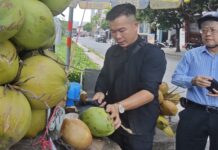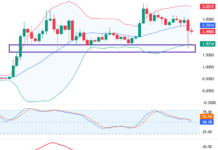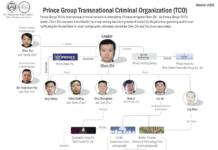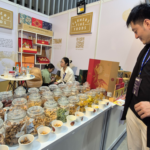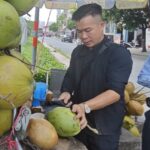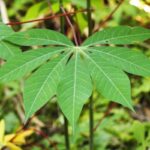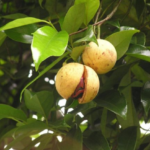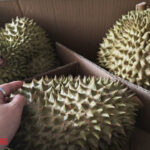Profitable Harvest: Growing Kaffir Lime Leaves
According to the Import-Export Department (Ministry of Industry and Trade), in August 2025, Vietnam’s leaf exports reached USD 1.174 million. Surprisingly, kaffir lime leaves, once considered “worthless,” contributed USD 70,000.
In the first eight months of 2025, Vietnam’s total leaf exports hit USD 8.678 million, a 26.9% increase compared to 2024. Kaffir lime leaves alone reached USD 732,000, surging by 84.3%, the highest growth in the “spice leaf” category.
Beyond volume growth, kaffir lime leaves have also surprised with their export value.
On Amazon, 25 grams of dried kaffir lime leaves sell for approximately USD 7, equivalent to VND 635,000 per 100 grams—meaning 1 kg can fetch over VND 6.3 million, as reported by Gia đình & Xã hội newspaper.
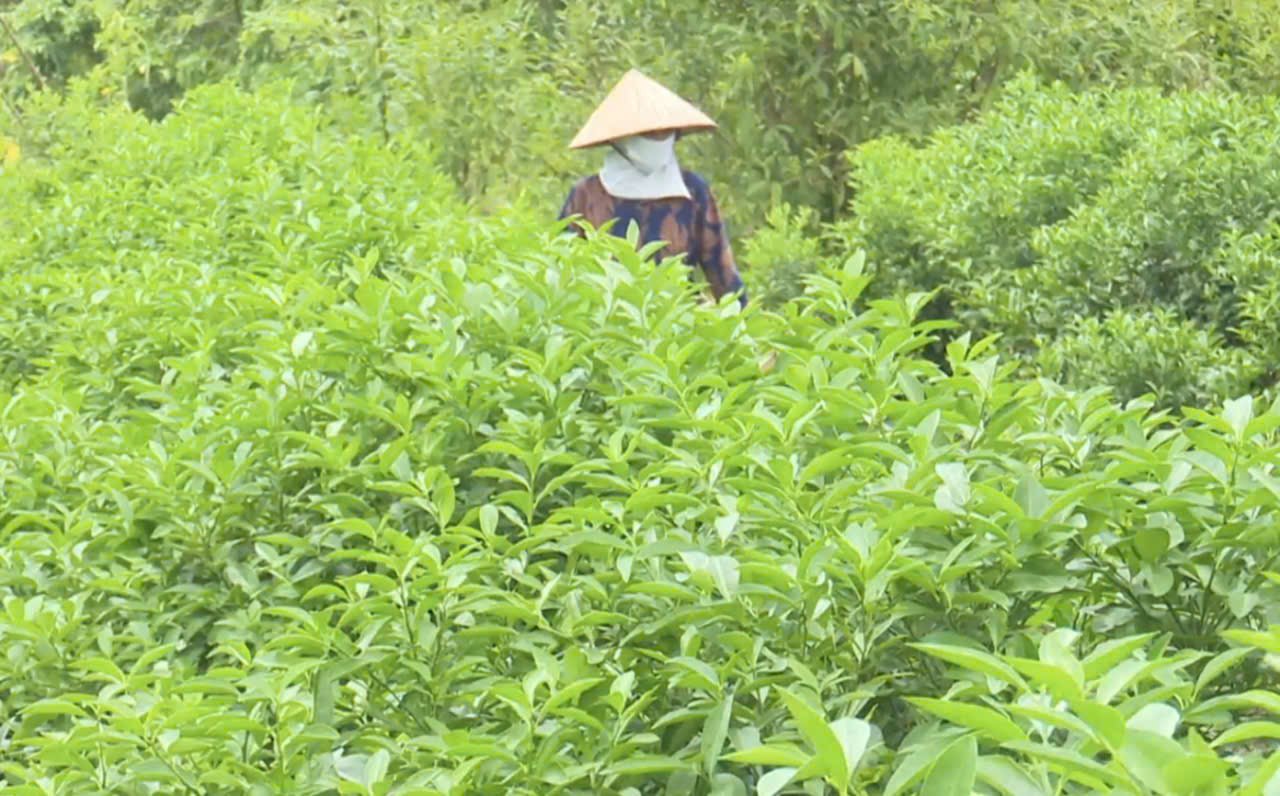
Kaffir lime leaf cultivation (illustrative image).
These leaves are gaining popularity among international consumers, particularly in the U.S., Japan, and Europe.
As a result, many farmers in Hai Phong, Hung Yen, and Hai Duong have shifted from growing limes for fruit to cultivating them for leaves, significantly increasing their income.
In Thanh Ha commune (Hai Phong), several families have achieved stable earnings through kaffir lime leaf farming.
Mac Thi Quyen, who owns 4 sao (approximately 1,600 square meters) of lime trees, sells leaves to traders in Hanoi, Hai Phong, and nearby provinces. According to Quyen, traders purchase the leaves at VND 30,000–40,000 per kg, with prices reaching up to VND 70,000 per kg during peak demand. Each sao yields an annual income of approximately VND 50–60 million, as reported by VNN.
Why Do Foreign Countries Import Kaffir Lime Leaves?
Kaffir lime leaves are a staple in Vietnamese cuisine, used in dishes like boiled chicken, grilled fish, and soups. They are also exported to countries such as Japan, South Korea, the U.S., and Europe for high-end culinary applications.
Fresh and dried kaffir lime leaves are essential in Thai curry soups, lemongrass-kaffir lime steamed chicken, and premium instant noodle seasoning.
Renowned brands like McCormick and Blue Elephant import dried kaffir lime leaves or their essential oil to produce Asian-style spice blends.
In Vietnam, Gia Vi Viet Company is a leading supplier of dried kaffir lime leaves to South Korea, Japan, and Russia for packaged food processing.
Beyond their culinary use, kaffir lime leaves are valued as a “green herbal remedy.”
Studies show that kaffir lime leaf essential oil contains citronellal, limonene, and linalool—compounds with antibacterial, anti-inflammatory, cough-relieving, and mild sedative properties.
In the cosmetics industry, Vietnamese kaffir lime leaf essential oil, with its fresh and pleasant aroma, is used in perfumes, herbal soaps, shampoos, bath gels, and skincare creams.
“Spice Leaves” Yield Million-Dollar Value
From a humble leaf used in rural Vietnamese meals, kaffir lime leaves are now proving their significant economic and commercial value.
The 80% growth in 2025 export earnings highlights the vast potential of non-traditional agricultural products when properly aligned with international demand and processing standards.
With improved investment in supply chains, preservation, export standards, and organic certification, kaffir lime leaves could become a new global ambassador for Vietnamese spices, sustainably boosting farmers’ incomes.
Fresh Coconut Exports: Lessons Learned from Durian and Dragon Fruit Success Stories
After a brief period of robust growth, Vietnam’s fresh coconut exports are beginning to show signs of instability.
From Byproduct to “Green Gold”: Vietnam’s Globally Sought-After Commodity Surges 10x in Value Overseas
This marks a groundbreaking shift toward sustainable green economic development and circular agriculture.





